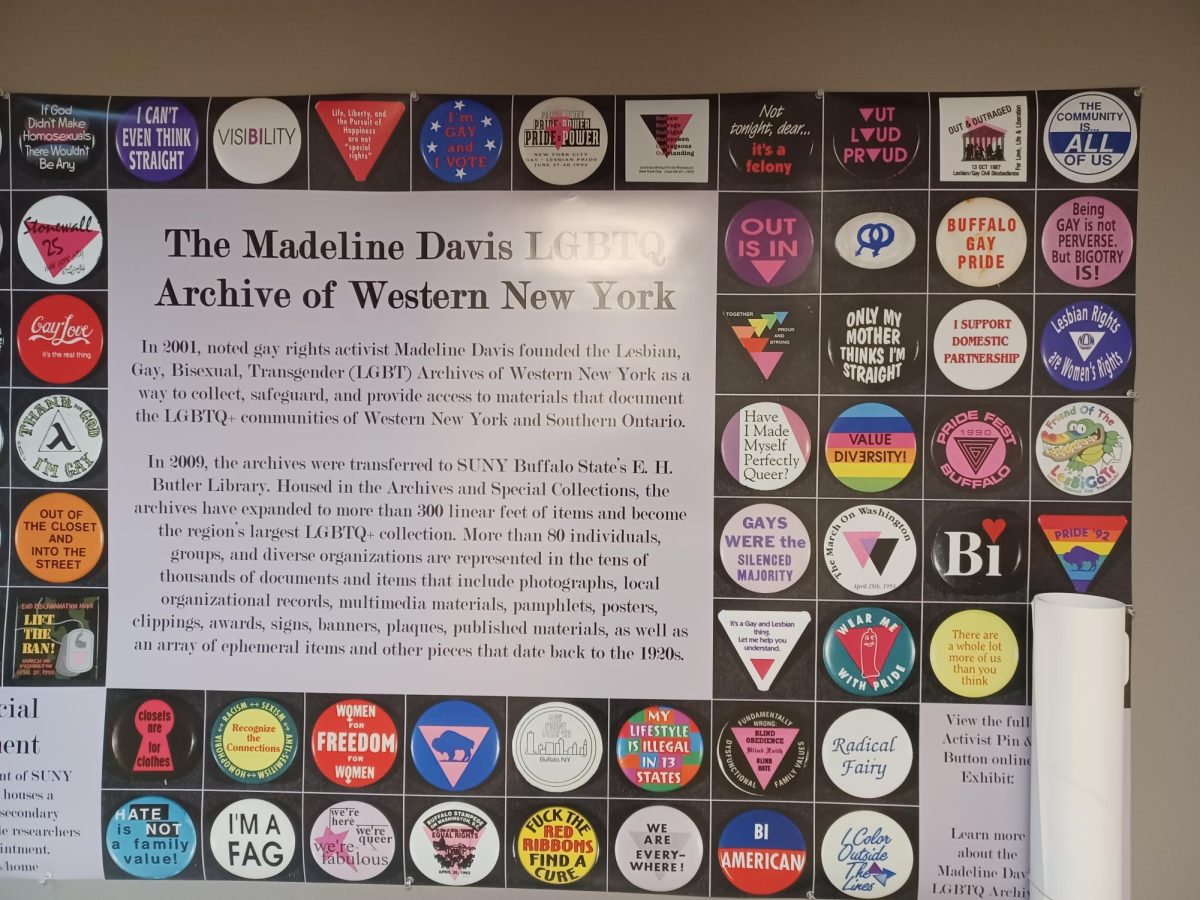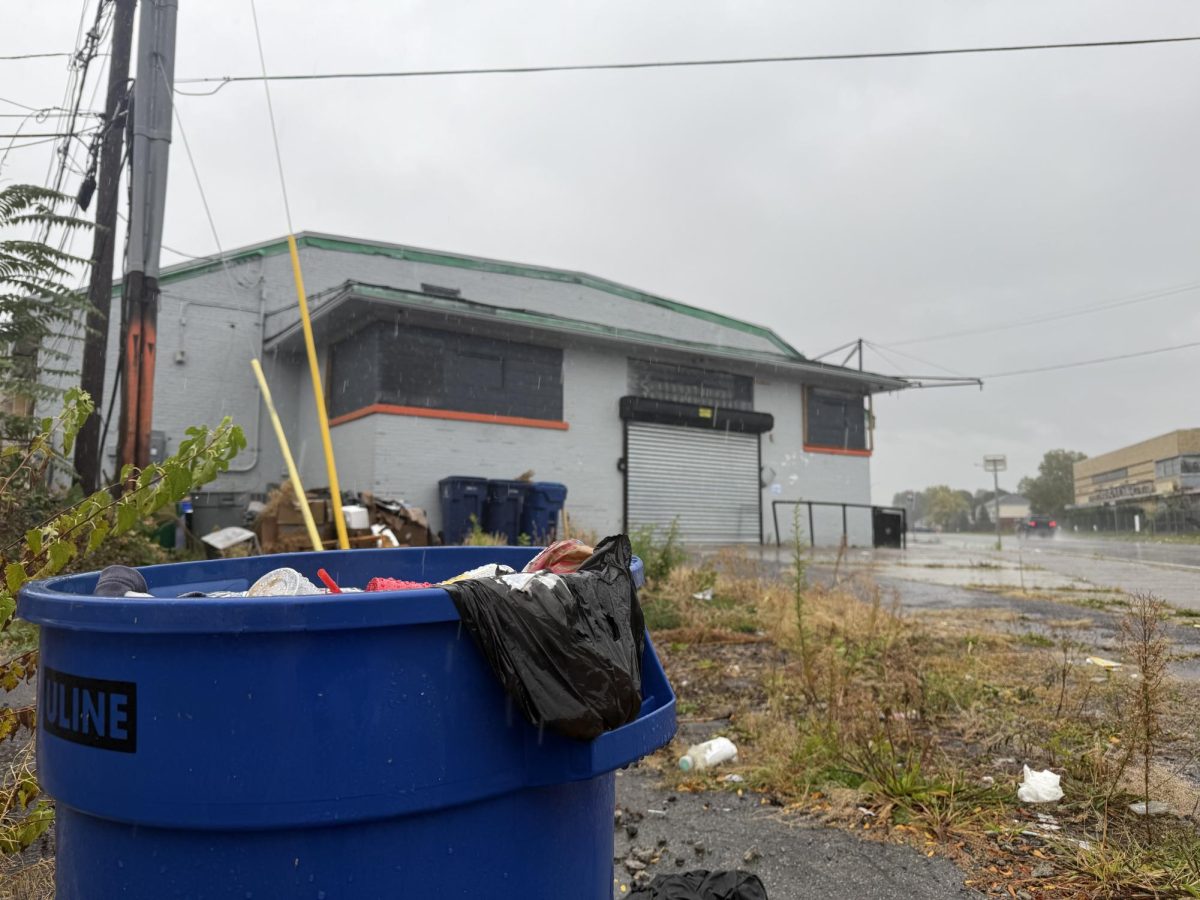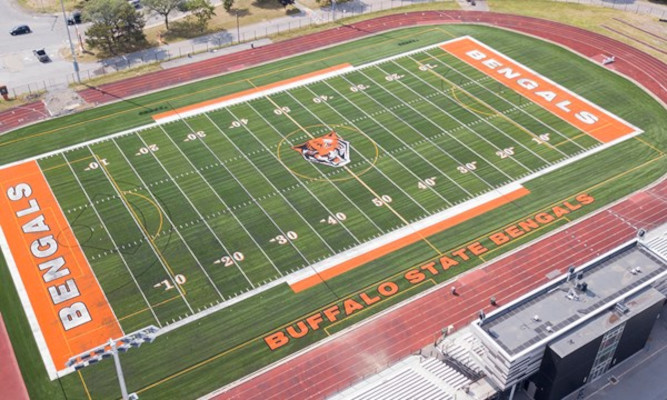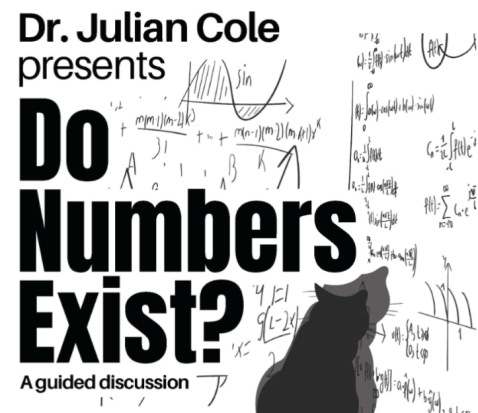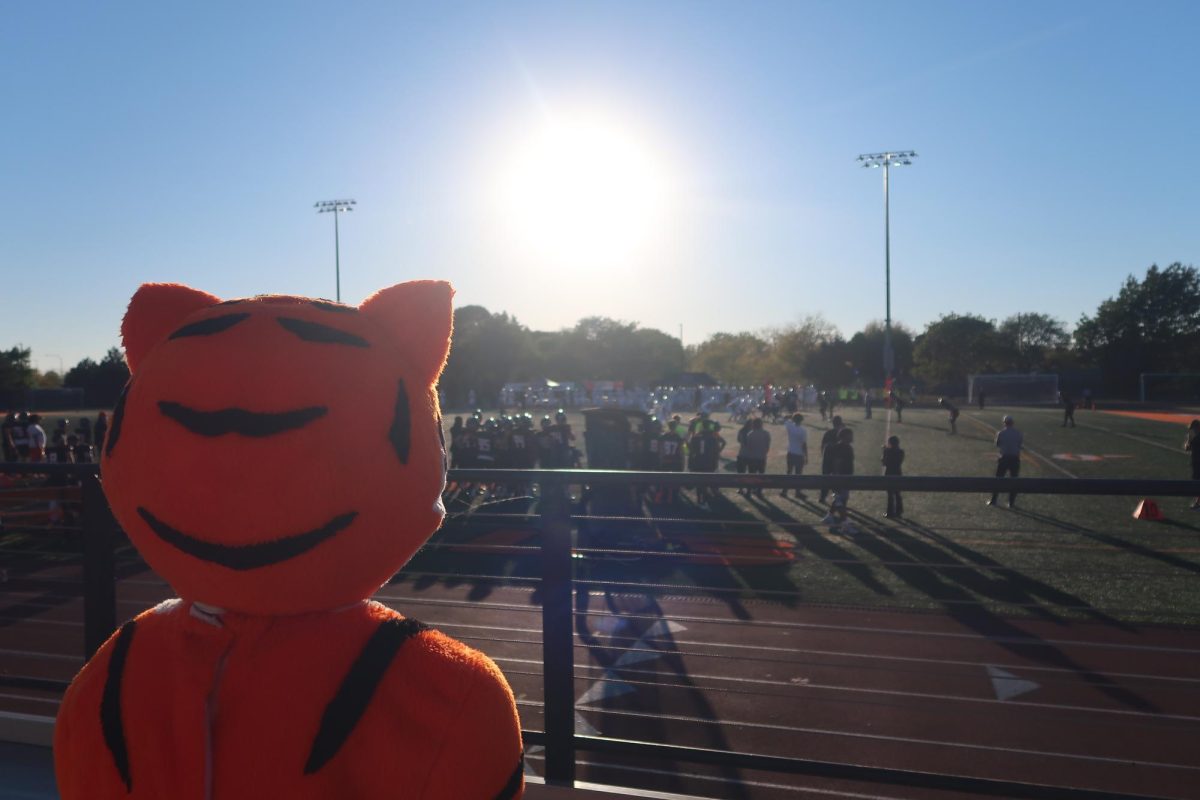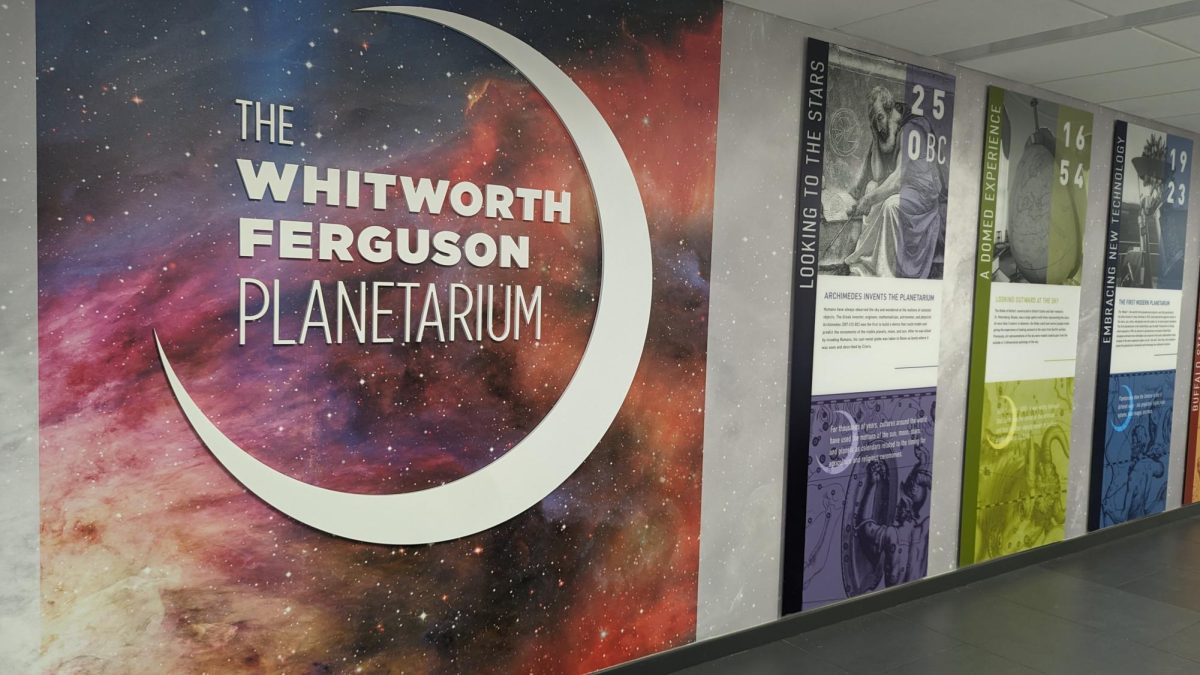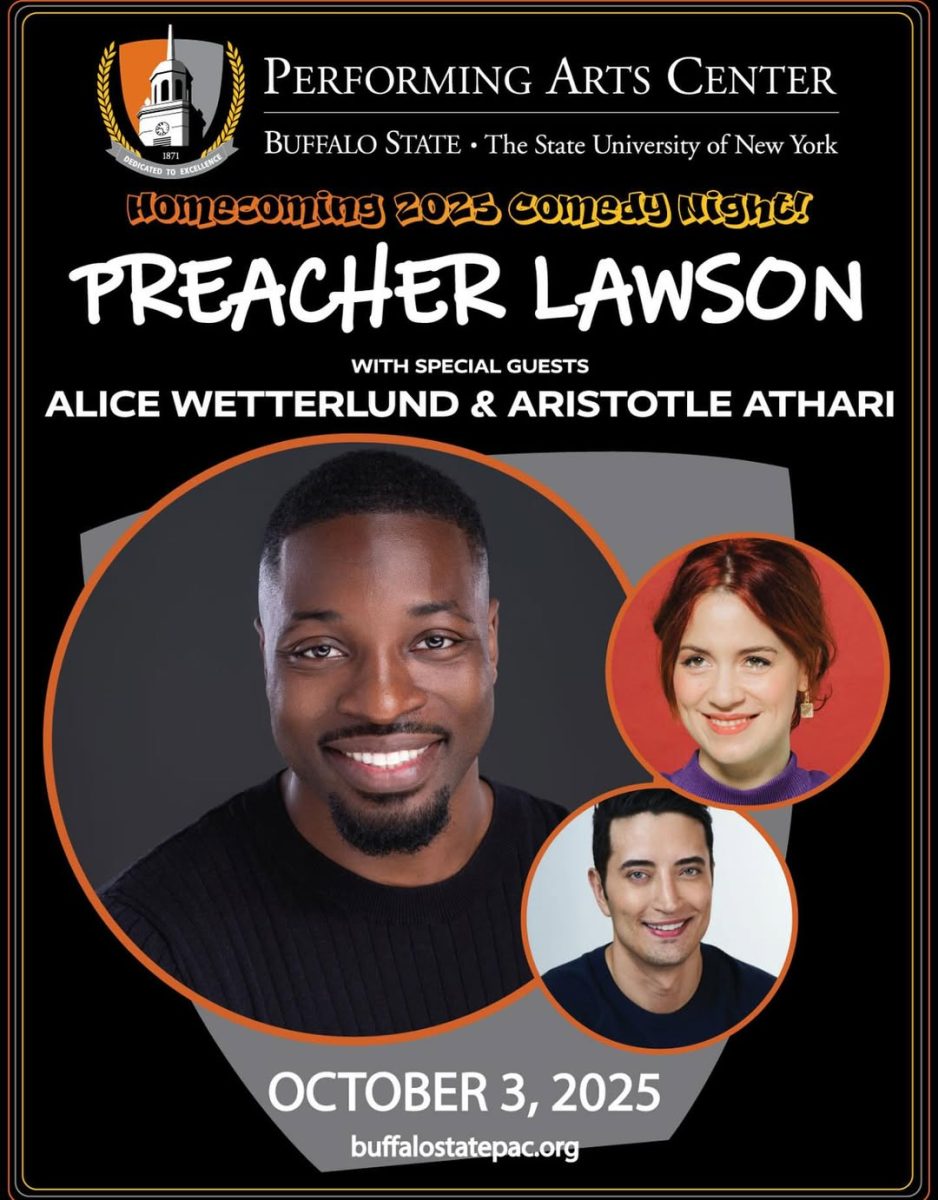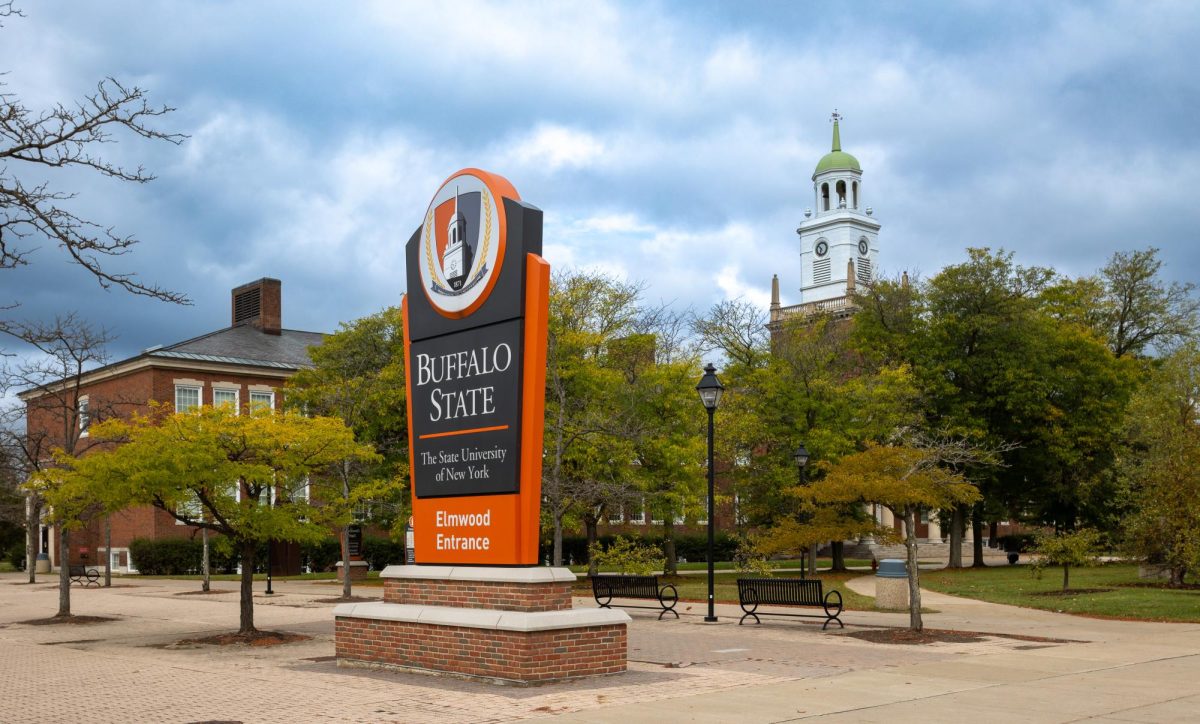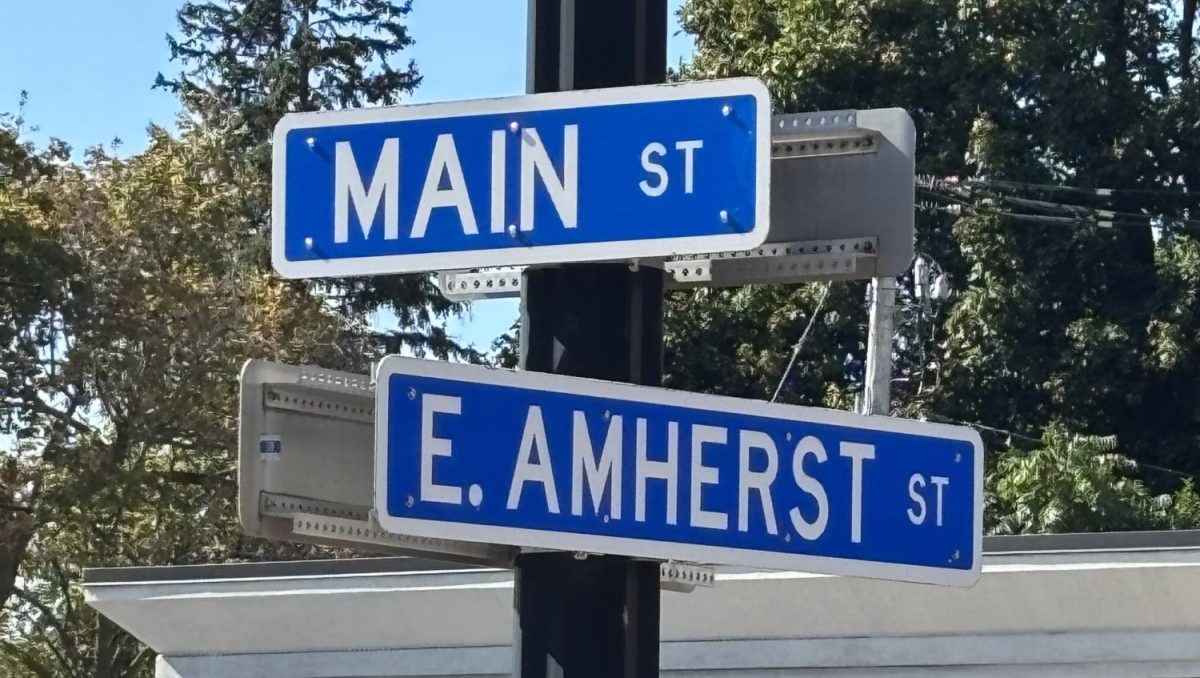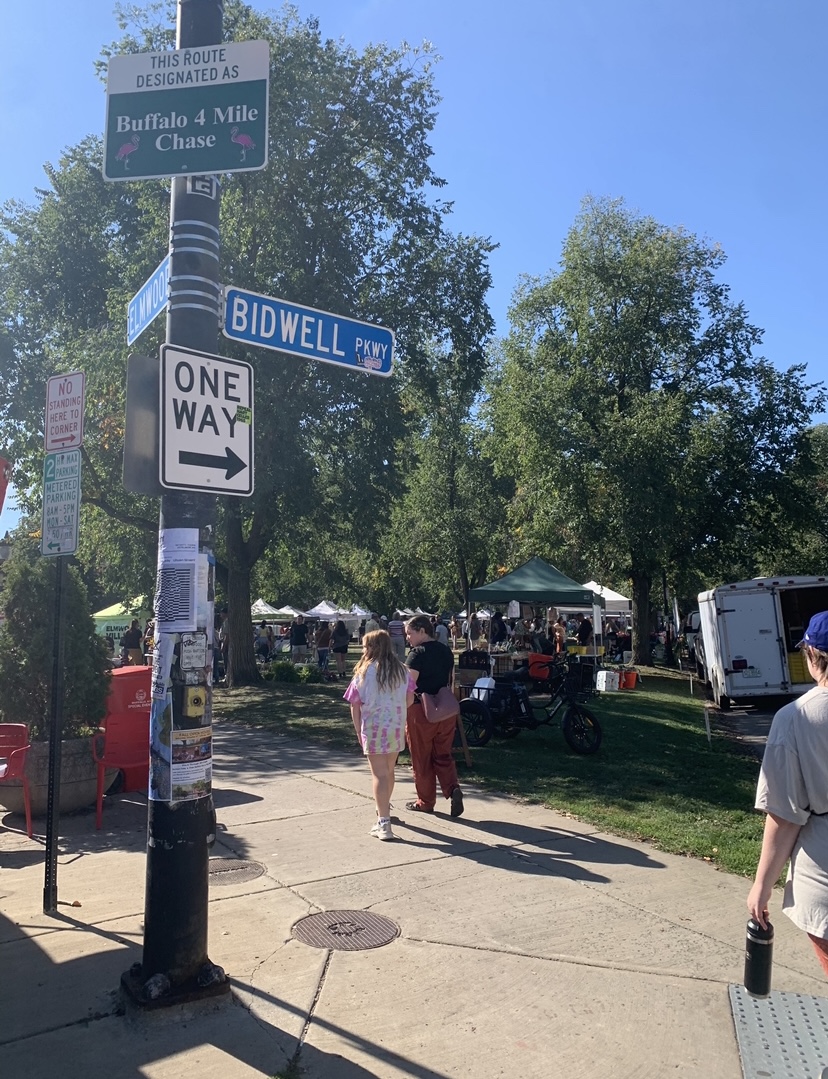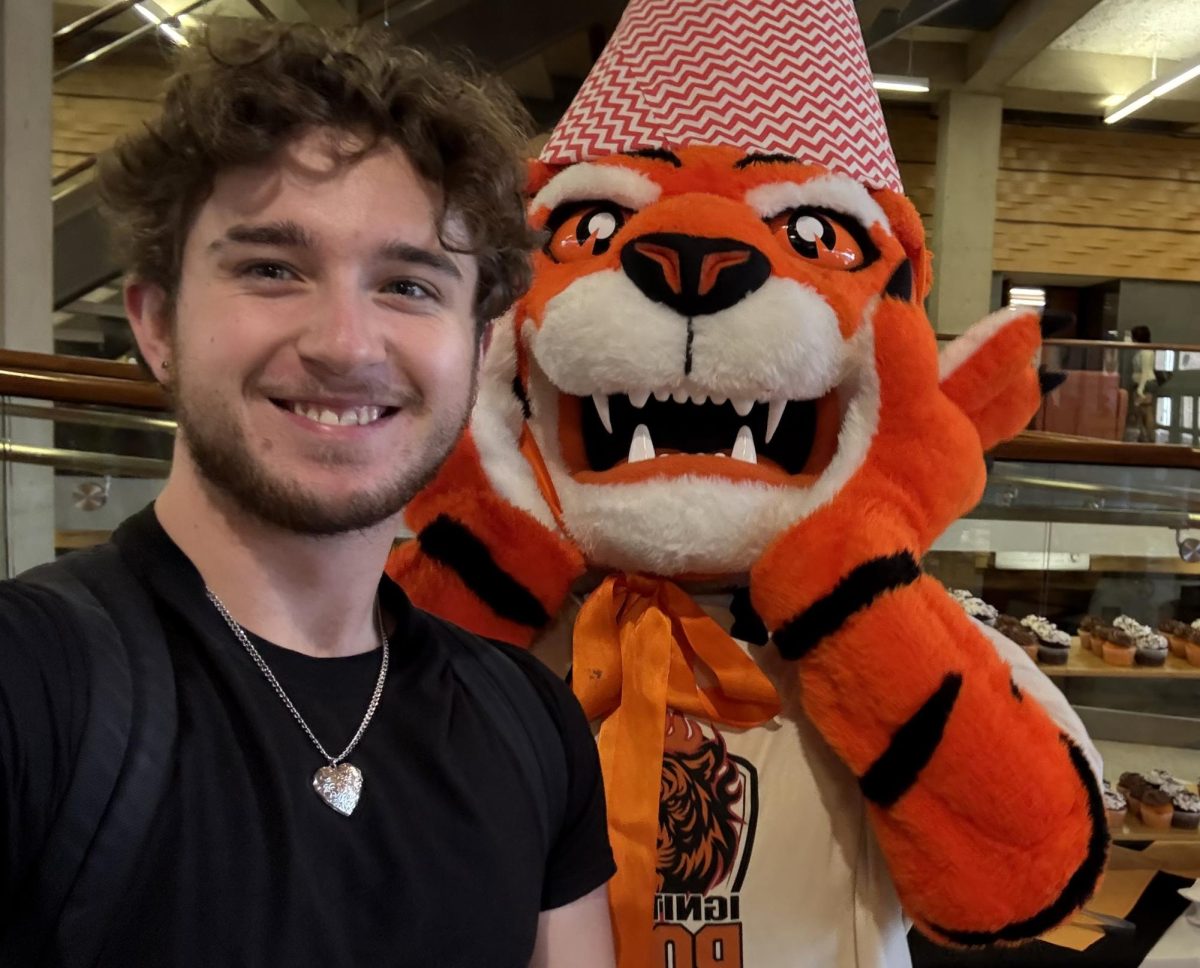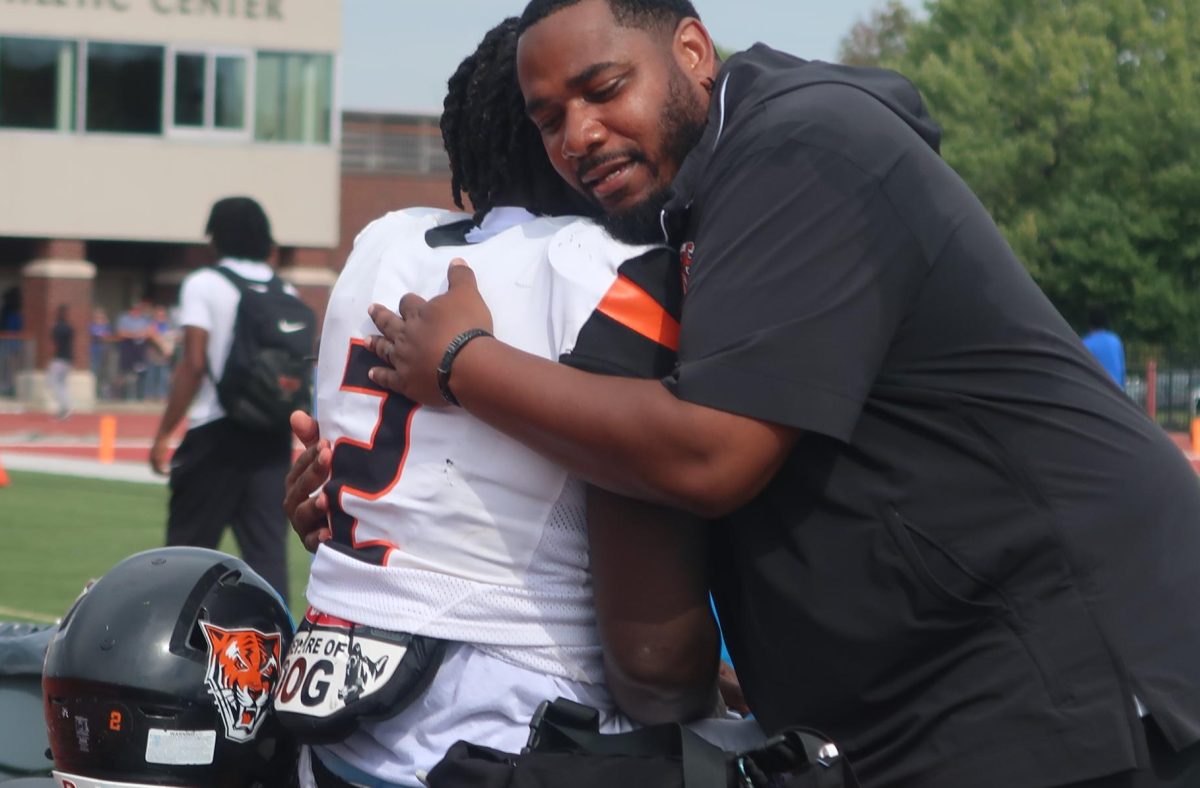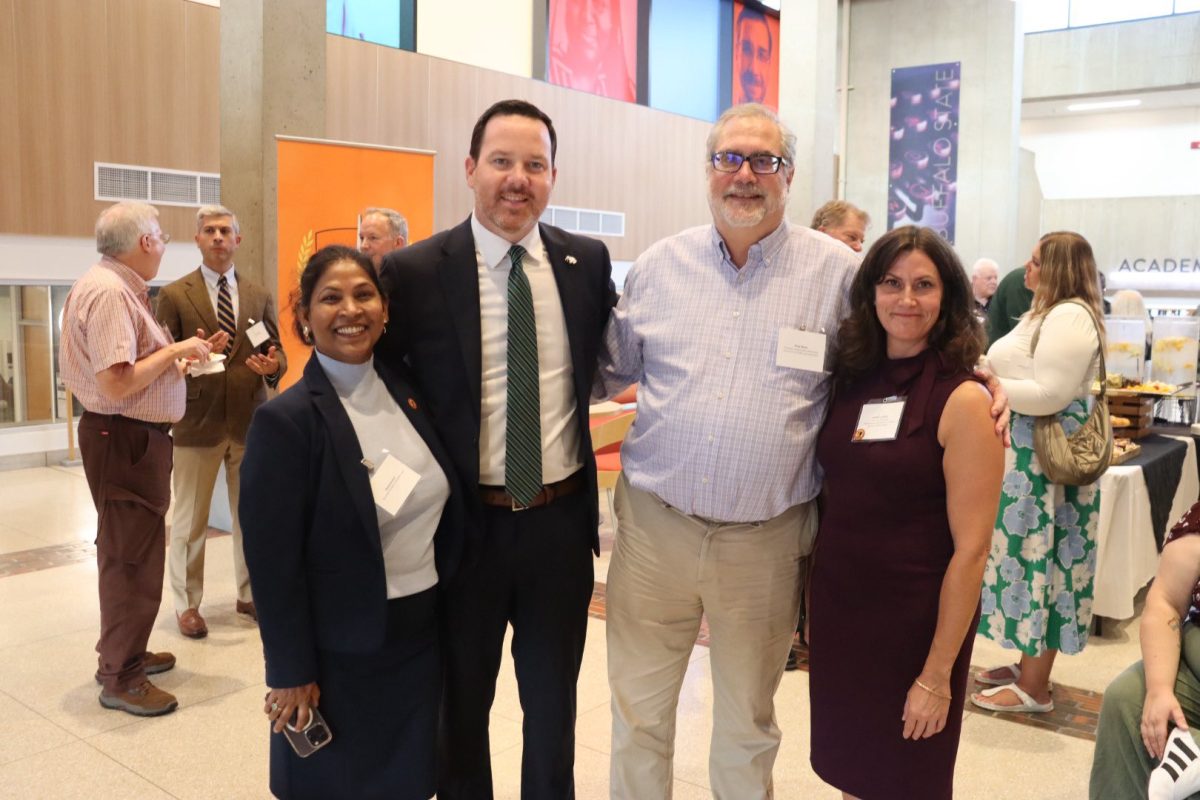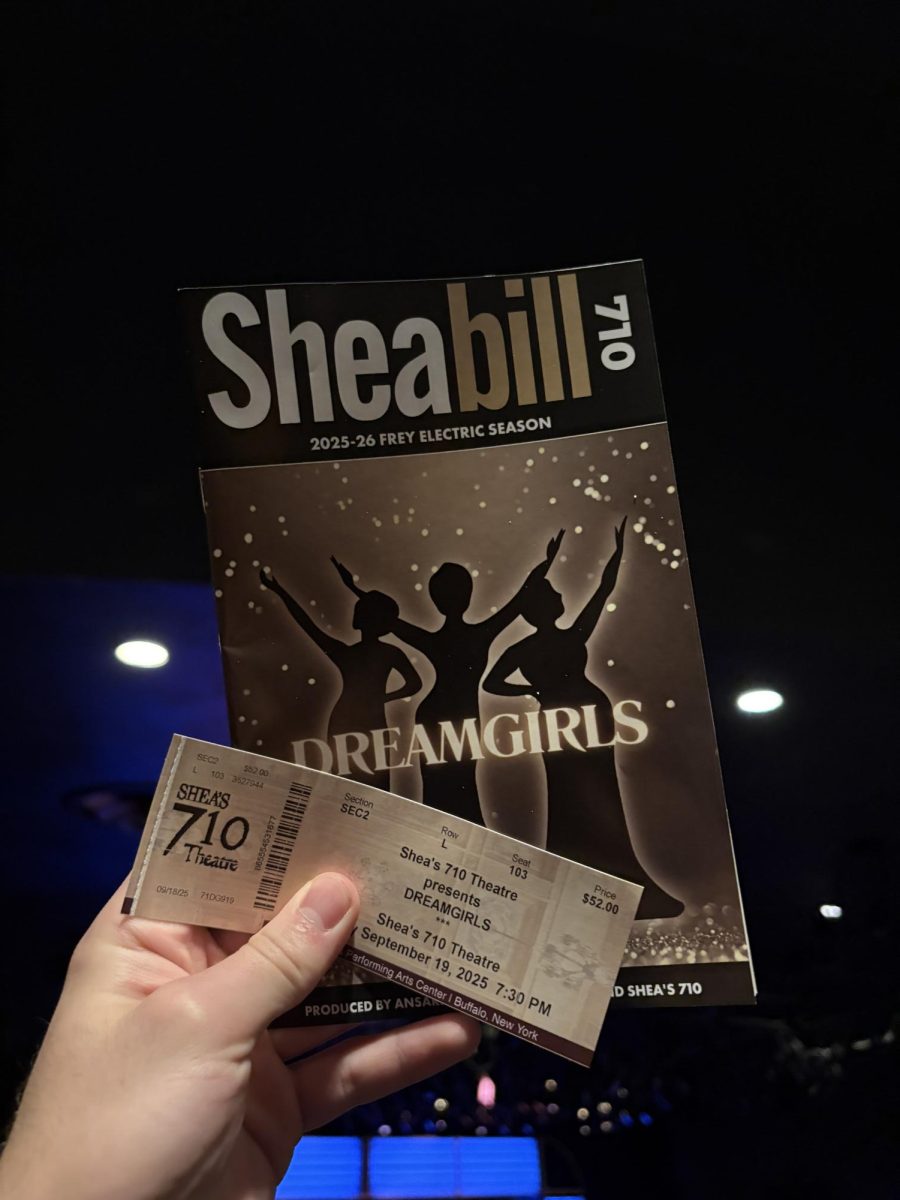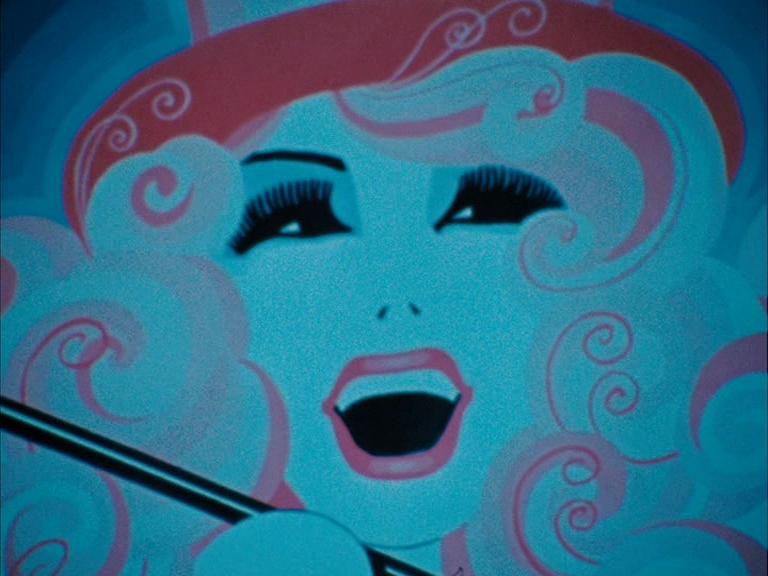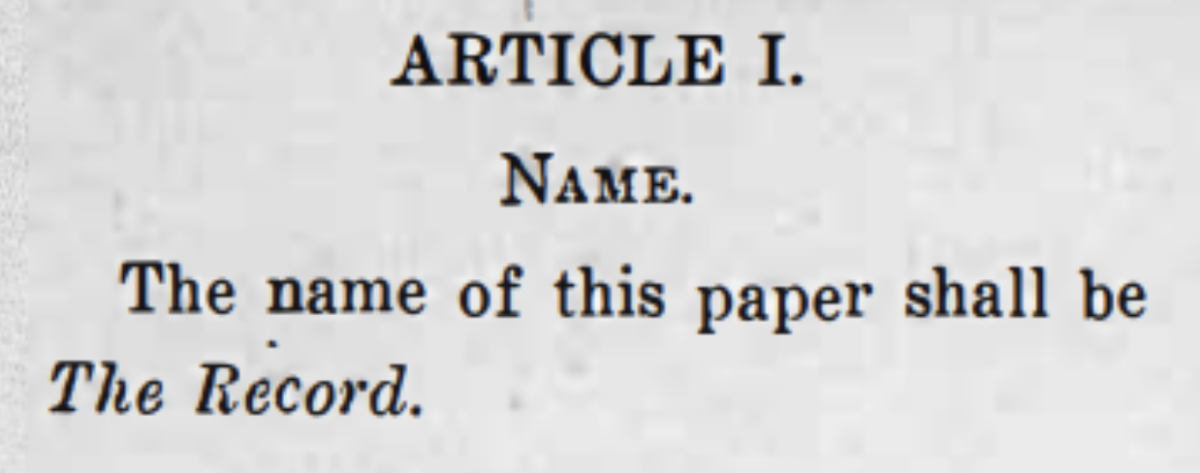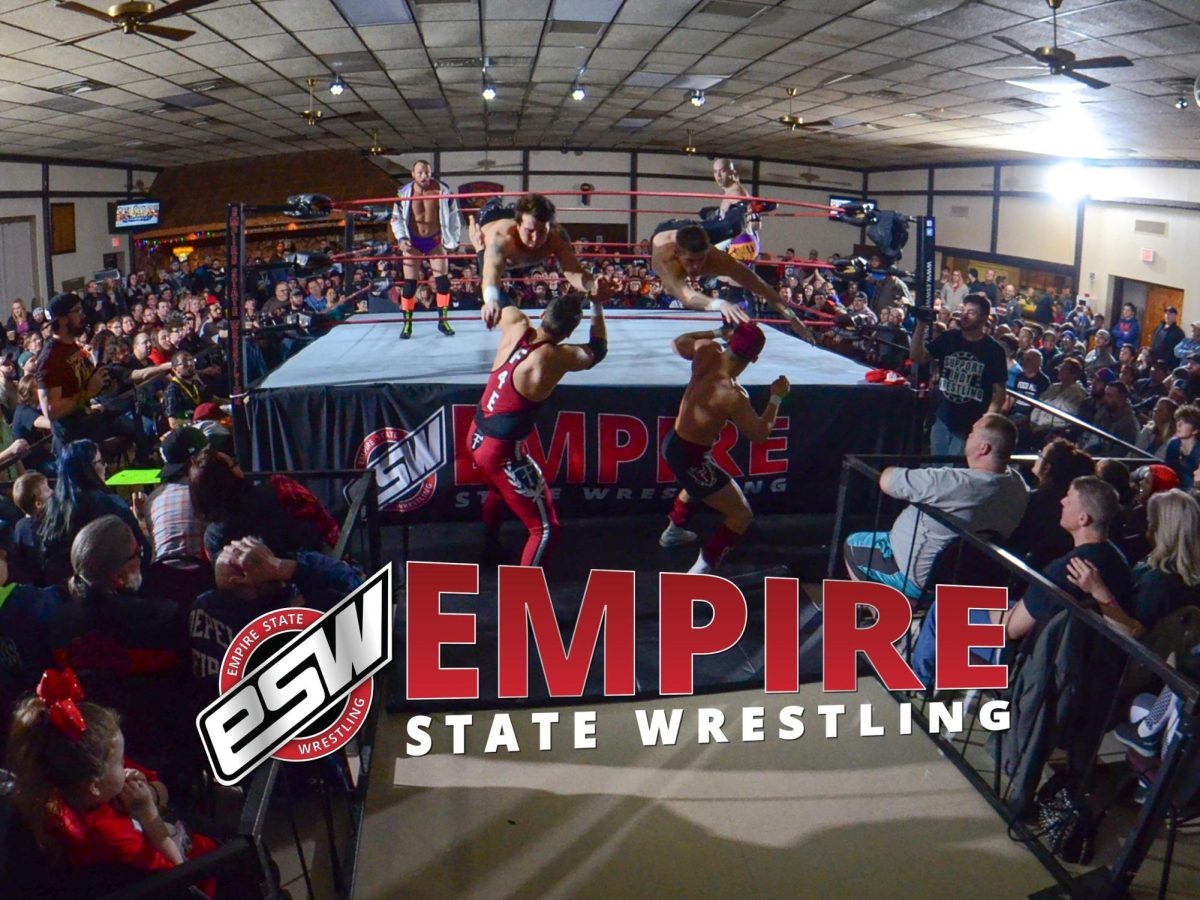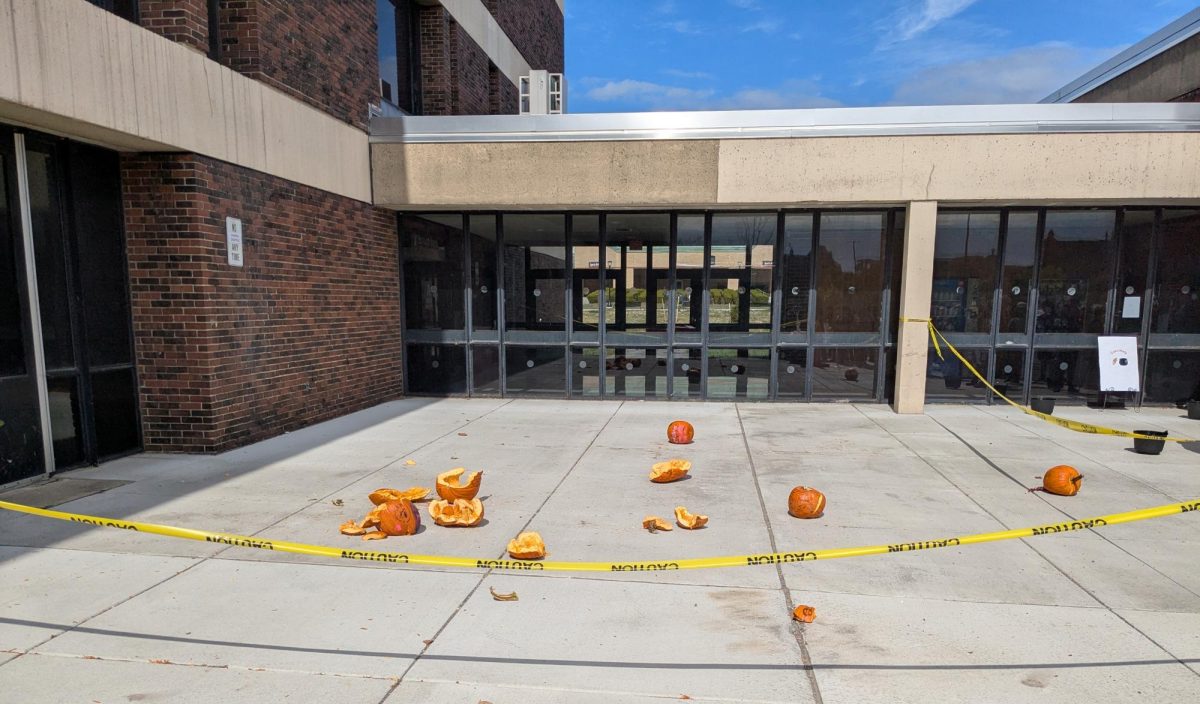Diversity, Equity, and Inclusion (DEI) is often politicized, and ripped from its original meaning in the political arena and viewed as a wedge issue. The reality, however, is that DEI is an incredible field that is ever-evolving, inching society closer to being ethical, compassionate, and respectful toward all individuals of different races, genders, sexual orientations, etc. Associate Dean Mike Heflin offers insight into the world of DE&I on a college campus.
This is part 1 of a 3-part series. The interview was edited to increase clarity and brevity.
1) What are your key responsibilities?
On Tuesdays, I have what’s called Conversation with Hef. That’s really focused on the programming related to social justice issues with students. Each semester, I do a three-part series of a diversity program, once a month on a Wednesday. The first one is ‘developing cultural competence’, which is from 4pm to 5pm. The next one is ‘understanding microaggressions’ and giving you tools to handle and deal with microaggressions. The third one in the series is ‘understanding unconscious bias’.
I’m also on the President’s Council of Equity and Campus Diversity. I’m co- chair for the JEDI Committee out of student affairs. Sometimes I may coordinate what’s called the Men of Merit Success Initiative here on our campus, those meetings happen every other Thursday and it’s topical.
I also have Interfaith services and Veteran services under my purview. I have the LGBTQ Resource Center.
As a higher education professional, for anything that happened on our campus related to DEI related to student concerns, I’m at the head of those concerns. Last year, USG did a social justice circle, which centered around how students felt about being on their campus, and a lot of what came out of that was that there were some microaggressions that they felt were happening in their classes.
Understanding Microaggressions
One of the biggest issues seen on campus is microaggressions. They can be unintentional can be intentional. Sometimes, some people intentionally say things to harm others.
So, oftentimes when they’re unintentional, we focus on understanding the microaggression. We’re giving individuals an understanding of what a microaggression is, what does it look like from a person from another type of person or a person with disabilities, or a person in the LGBTQ+ community. Students have heard the term, “microaggressions”, but they don’t necessarily know what they are. But realize once we have conversations about them, people are like “Oh, I didn’t know that could be offensive.”
Now, macro-aggressions are just something that is so insidious. I mean, it’s blatant: those are blatant attacks on individuals. When macro-aggressions are happening, it’s targeted that it’s not more than just what’s in the stereotype. With macro-aggressions, we know that microaggression is on a much larger scale. That’s when you have individuals using language that hurt more.
Intentionally harassing them based on a protected characteristic could be a macroaggression. What you’re looking at is: systemic oppression, systemic racism, and white supremacy.
When I do diversity training, I show a person standing on a box reaching the apple tree. Consider this: If I gave you all the same size box, you may not be able to reach the apple. If I gave you a box size that made it equitable for everyone to reach the apple, then we’re talking equitable and not equal.
2) What is the mission of Diversity, Equity, and Inclusion? How does it support the educational, social, and personal experience of the student body?
Our mission is rooted in what the institution is: to give space for our individuals to grow and be heard. So, the office of Inclusion & Equity at Buffalo State University supports, celebrates, and embraces its community, its campus community differences and experiences. Our community would not be the same without the rich knowledge of our faculty, staff and students. Perspective is another value: we are committed to allowing our community voices to be heard and expressed. In a way, this will enable them to feel supported during their time at Buffalo State University, when we are committed to inclusion equity of everyone’s thoughts and beliefs. So, we should be spinning off what the college is: the true crux of the mission is diversity.
People understand what diversity is and recognize the value, the valuing of being different. It aims to ensure that representation of various identities and backgrounds are given and embraced. People see the one thing about Buffalo State is that we have a rich sense of diversity from a cultural perspective. Everyone has resources that support the need.
When we talk about everyone’s beliefs, everyone belongs. Every story matters. Every individual matter and giving them an opportunity to have that.
One thing we can say is when you ask: what is Buffalo State University doing? I mean, we champion social justice. We’re increasing our faculty and staff of color. Look at our sports teams, look at our clubs and organizations. We have a plethora of clubs and organizations that look at diversity. I mean, from the perspective of everyone’s included.


